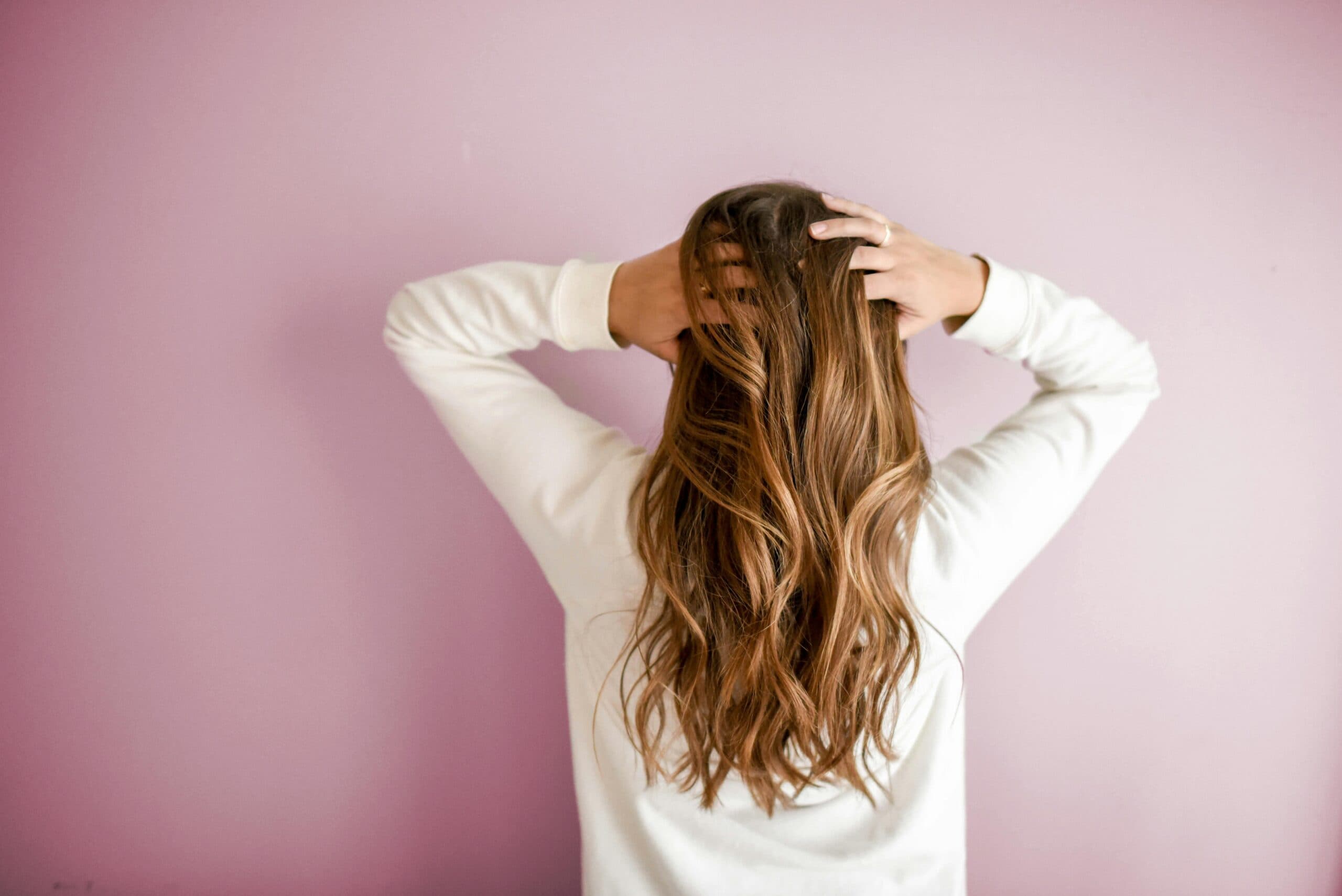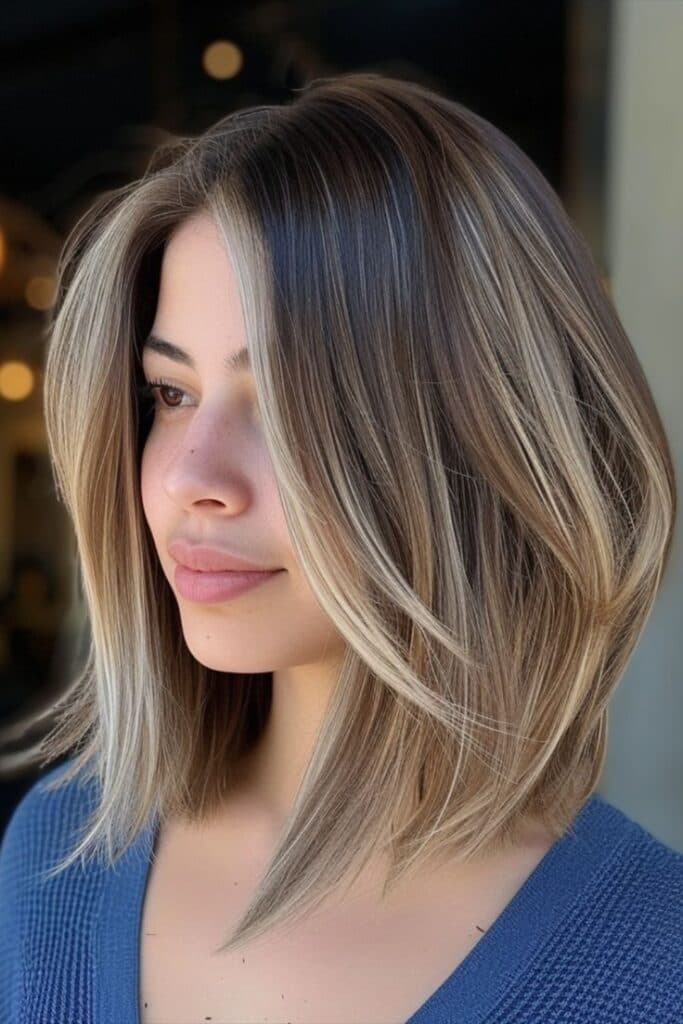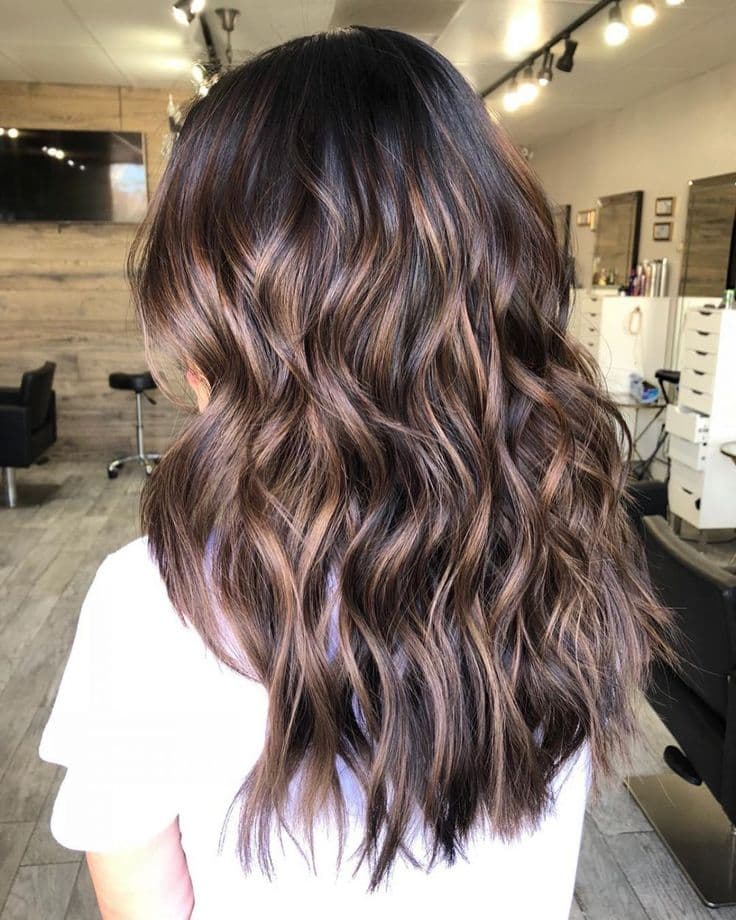Both hair highlights and lowlights are popular hair coloring techniques used to create depth, dimension, and contrast in the hair. These techniques differ in adding visual interest and texture to the hair.
Highlights and lowlights serve different purposes in making hair vibrant and visually appealing. This blog will discuss the key difference between the two hair techniques.
1. What are hair highlights?
2. What are Hair Lowlights?
3. Difference Between Highlights and Lowlights
4. How to Choose the Best Hair Highlights and Lowlights?
What are Hair Highlights?
It is a popular hair coloring technique used to add contrast, dimension, and brightness to the hair by lightening certain strands or sections of the hair. The process involves applying a lighter color than your natural hair color, to specific hair strands to create a multi-dimensional look.
Benefits of Hair Highlights
1. Hair highlights add dimension by creating depth and making the hair appear fuller and more textured.
2. They can accentuate or enhance your natural hair color, making it appear more dynamic and vibrant.
3. Hair highlights create a sun-kissed look, providing a fresh and youthful appearance.
4. They allow customization so you can tailor the shades of highlights to your skin tone, eye color, and personal style.
5. Hair highlights such as balayage and ombré is low maintenance requiring less frequent touch-ups since the roots blend naturally into the highlighted strands.
What are Hair Lowlights?
Hari low lights is a technique used to add depth, dimension, richness, and contrast to your hair, especially if you’re looking to enhance your natural color or balance out highlights. Typically, the darker shades used in lowlights are a few shades deeper than your natural hair color, which adds more depth to the overall hair color and appears thicker.
Benefits of Hair Lowlights
1. Hair low lights add richness, dimension to your hair. This hair technique is especially useful for those with light or blonde hair, as it can prevent the hair from looking flat or one-dimensional.
2. Hair low lights help make the lighter strands of highlights pop and look more natural. The contrast between light and dark strands gives the hair a nice effect.
3. Just like hair highlights, lowlights can be customized to suit your natural hair color, skin tone, and personal preferences. Whether it is a subtle enhancement or a more dramatic contrast, hair care professionals can adjust lowlights for a variety of looks.
4. Typically, lowlights do not require bleaching, hence, it is less damaging compared to hair highlights.
Difference Between Highlights and Lowlights
1. Color Difference. Highlights are lighter strands of hair that are intentionally lightened to a color that is lighter than your natural hair shade. While, lowlights are darker strands of hair that are colored a darker shade than your natural color.
2. Effect on Hair. Highlights hair make it appear lighter and give it a sun-kissed look. While lowlights add depth and richness to your hair, making it appear thicker and more dimensional.
3. Purpose. Highlights’ main purpose is to create a contrast against your base hair color, often by brightening the hair. While, lowlights are often used to balance out the brightness from highlights giving a toned-down look.
4. Maintenance. Highlights require more frequent maintenance because the lighter strands may show noticeable roots. While lowlights require less frequent touch-ups
How to Choose the Best Hair Highlights and Lowlights?
Choosing the best highlights or lowlights for your hair depends on several factors such as hair texture, color, and length. Here’s a guide to help you pick the most flattering highlights or lowlights:
1. Hair Texture. Identify if your hair is fine, thick, curly, or straight as each hair type or texture requires different types of hair coloring techniques
2. Hair Length. Different hair lengths will need different types of hair coloring technique. Subtle highlights may be required for short hair, while a more dramatic and blended highlights are ideal for long hair.
3. Hair Color. Different chair colors will need different hair color technique. Hence, seek advice from your hair care professional on the recommended highlights or lowlights for your hair color.
4. Skin Tone. Your hair highlight or lowlights should blend well with your skin tone. Thus, it is important to consider your skin tone when deciding.
FAQs
-
Which is better, highlights or lowlights?
There is no direct answer to this question as it highly depends on your personal preferences, hair type, and the look you’re trying to achieve.
-
Can you mix both highlights and lowlights?
Yes. Mixing highlights and lowlights will help you achieve a personalized, dimensional hairstyle that adds volume, depth, and movement to your hair.
References
https://www.realsimple.com/beauty-fashion/hair/highlights-and-lowlights
https://www.goodhousekeeping.com/beauty/hair/g5063/hair-color-highlights/













